By Eric Margolin
That year the Saints played all their home games in San Antonio and Baton Rouge. Media outlets reported that the team would be relocated to San Antonio and the disastrous season ended with a 3-13 record and the firing of coach Jim Haslett.
At the same time on the other side of the country, Drew Brees, the San Diego Chargers starting quarterback, tore his labrum and rotator cuff, possibly ending his football career altogether. After the Chargers refused to offer Brees the contract he wanted, he chose to sign with the second worst team in the NFL at a time when their stadium still had a massive hole in the roof. Brees chose us when no one else did.
To those of us from southeast Louisiana, the Saints aren’t just a football team. In 2017, the rate of shootings in New Orleans doubled when the Saints weren’t playing. Even when they went with bags on their heads, Saints fans always showed up to games. Despite residents dealing with the cost of rebuilding an entire city, the Saints have sold out season tickets every year of Brees’ tenure.
All of this is to say that the city of New Orleans and New Orleanians everywhere are going to have a hard six weeks. If you see mad Saints fans on social media or think that we’re being ungrateful for our time with one of the best quarterbacks to play the game, remember that this injury is more than a “boo-boo on a football man.” It demonstrates the fragility of a Saint and brings to mind the vulnerability of a city. This could be the beginning of the end of a relationship that has brought a great American city through its darkest time and we are scared.
Brees' surgery is scheduled for today (9/18) in Los Angeles. Dr. Steven Shin will be performing the procedure which is expected to sideline Brees for 6-8 weeks.
Back home in Louisiana, someone power washed some interesting art onto the roof of the Superdome.
NPR
Canal Street Chronicle
Arizona Daily Star
The Daily Dolphin
Uproxx
WWL-TV
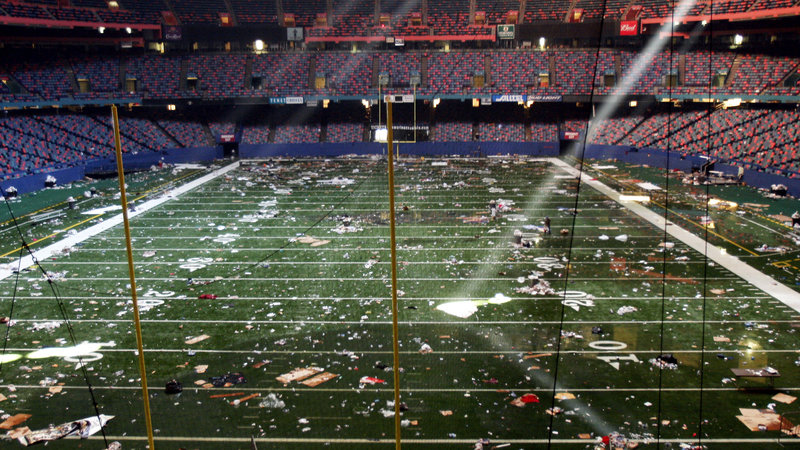
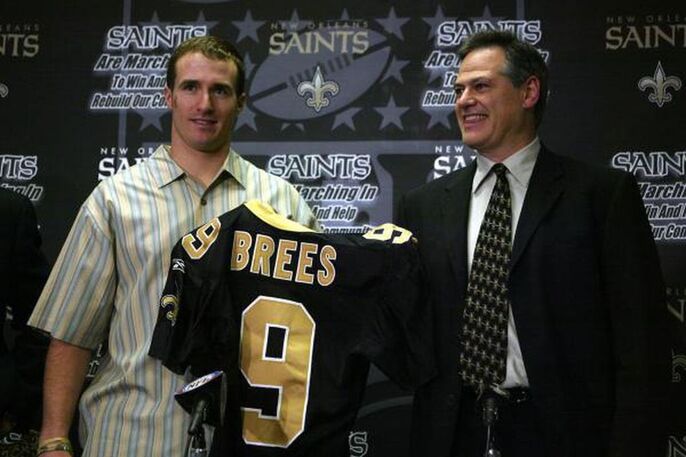
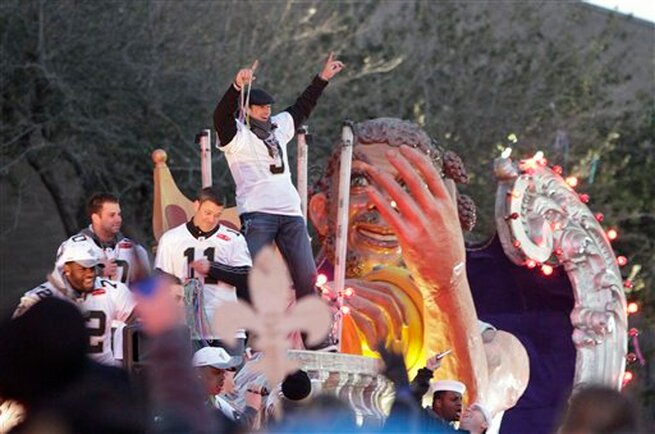
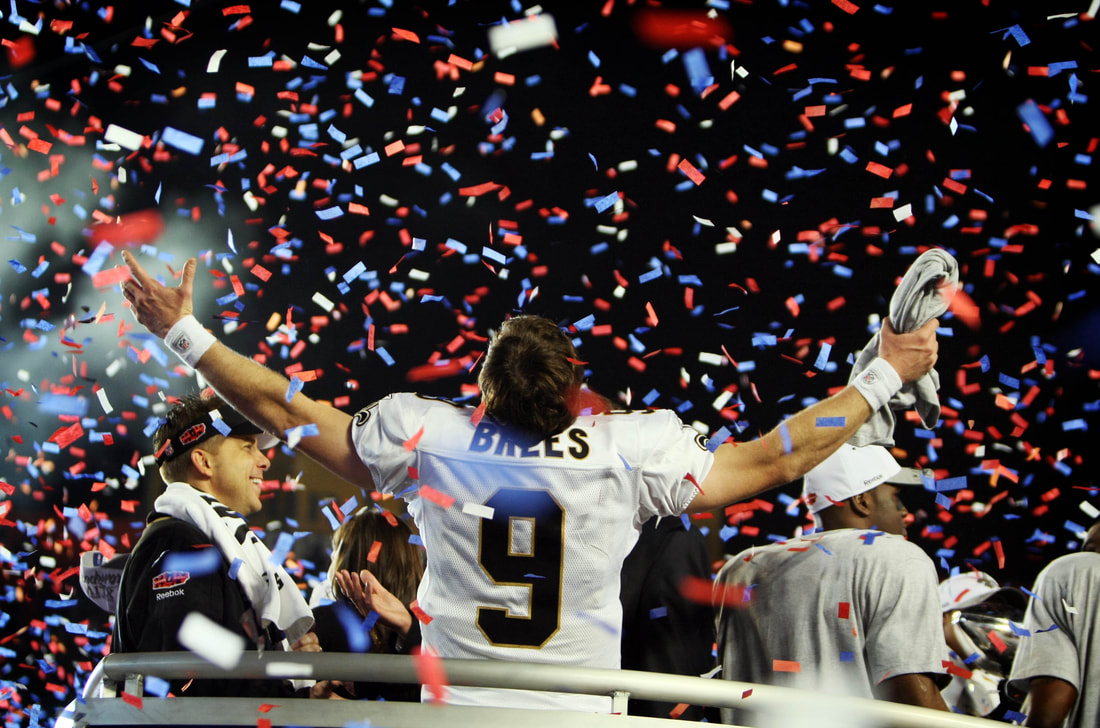
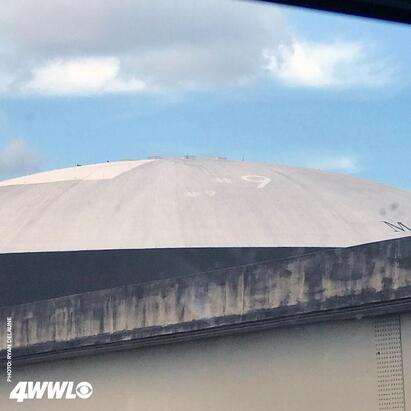
 RSS Feed
RSS Feed
